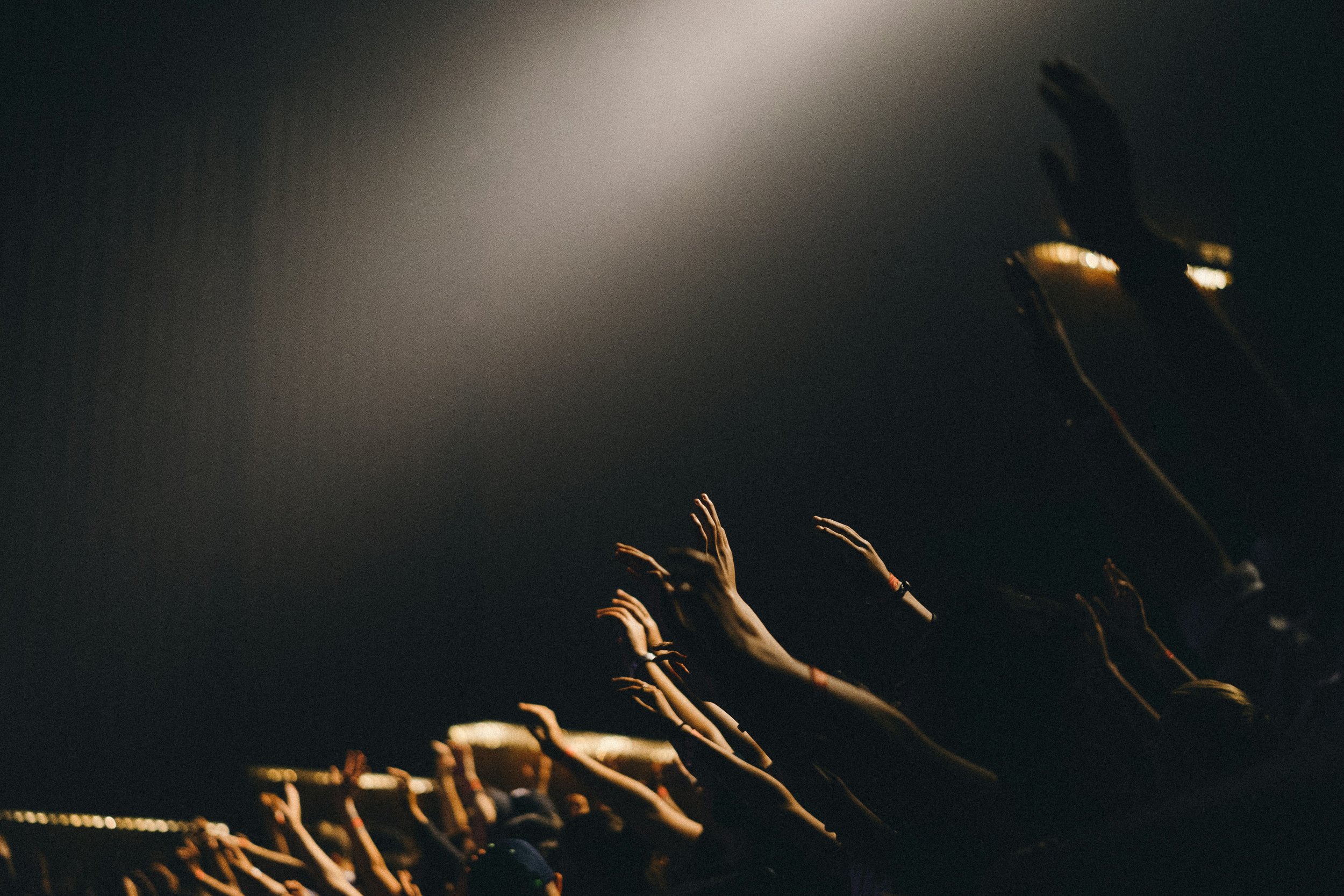Clapping
After a musical performance or an outstanding presentation, we are all expected to do one thing: clap. We often do this to show respect and admiration for the person we clap for, a tradition originating all the way back to the ancient Romans. However, how exactly does bringing our hands together at a certain speed and force create such a profound sound?
When we clap, our hands gather and compress air particles in order to create a sound wave. The faster people clap their hands together, the higher the frequency of the soundwave, which results in a higher pitched clap. While the more air that is displaced when clapping, the louder the clap will be.
Sound is created from the squeezing and stretching of air, or distortion, which can be represented as a wave. The waves of louder sounds have a larger height than those of quieter sounds and the frequency of these waves is determined by how many times it vibrates per second, a phenomenon more commonly known as pitch. Additionally, sound waves exert pressure, which is measured in decibels, and thus, louder sound waves have more decibels.
These sound waves then travel to one’s eardrum and enter the ear canal of the eardrum. From there, the waves enter the middle ear which has small bones that amplify the sound waves. After the sound waves are amplified in the middle ear, the waves enter the inner ear where they interact with the fluid in the cochlea, a spiral-shaped bone that produces nerve impulses in response to these sound waves. The electrical signals from the cochlea then are interpreted by the brain as sound that we hear.
To roughly determine the loudest method of clapping, we set up an experiment where people would clap in 12 distinct ways, ranging from having the hands relaxed or rigid, the angle between the 2 hands laterally, and having cupped versus flat hands. The experiment was carried out on 1 microphone, a Shure SM57 instrument microphone in a bedroom with 4 people of different hand shapes, sizes, and whatnot. The claps were recorded in Audacity at roughly 90 beats per minute for 5 claps. This will allow us to take the root mean square of each clapping portion, giving back a type of average decibel level for each type of clap for that person. The data was then compiled into Excel where a plot was formed and the technique that had the highest magnitude was deemed the loudest clap, which was clapping with relaxed hands, cupped, with around 60 degrees between the 2 hands.

